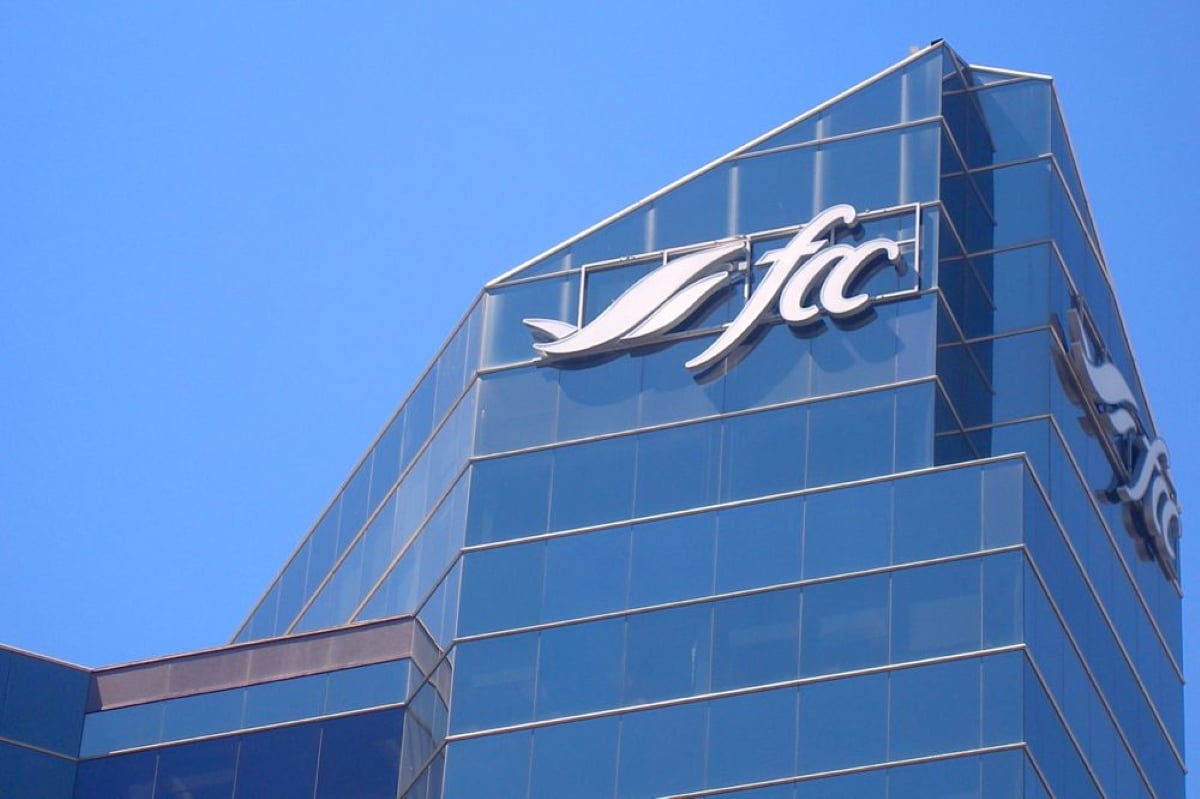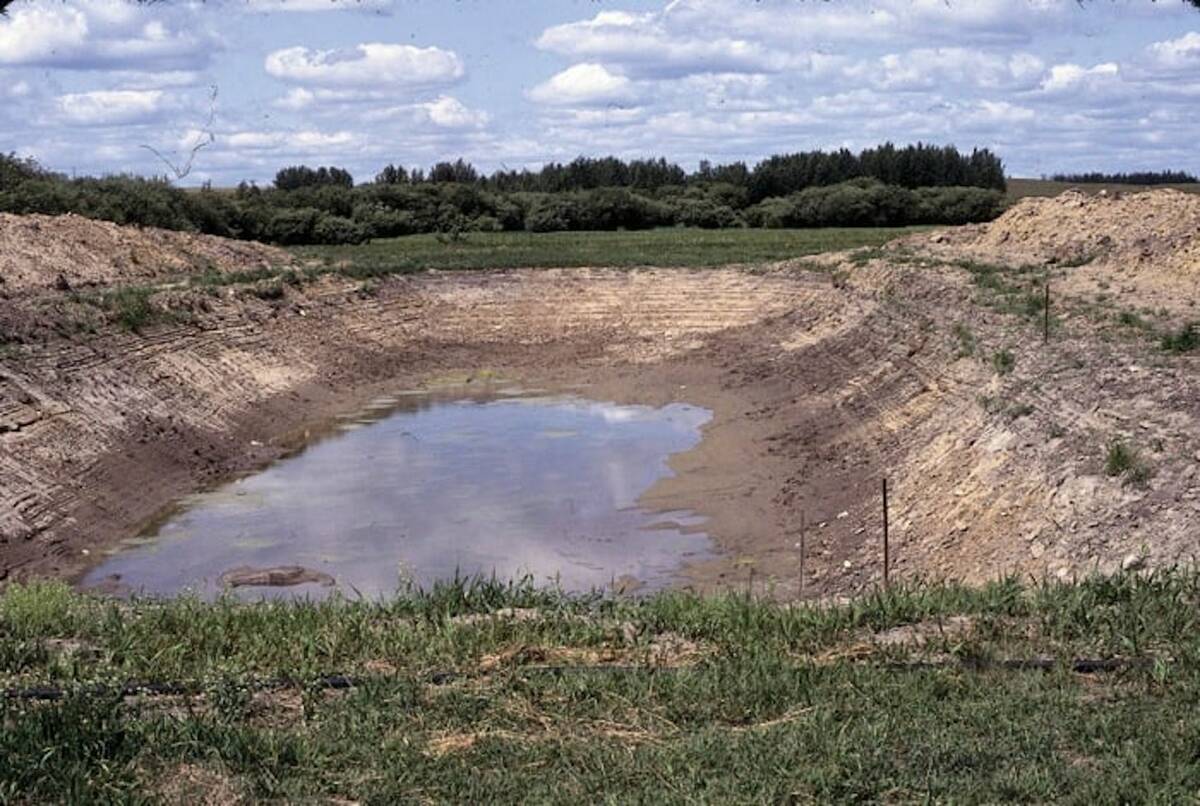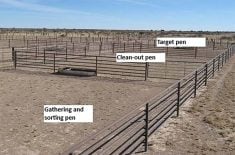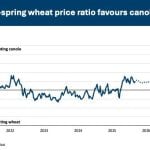Livestock producers are being advised to closely monitor water quality for their animals as dry summer conditions can concentrate harmful substances in watering sources.
Water quality issues have been mounting throughout the growing season as cattle consume more water and evaporation reduces water levels in dugouts and other sources, said Elizabeth Nernberg, a forage and livestock specialist with Manitoba Agriculture.
Related stories:
- Monitoring water quality on your farm is crucial to animal health
- Cattle water bowls hold insight into animal health, antimicrobial resistance
“What we’re left with is some of those salts and minerals, and so if the water wasn’t great quality to begin with, as the summer goes on and these things come into play, the poor water’s going to get worse,” Nernberg said.
Read Also

Farm Credit Canada partners with major Toronto innovation hub
A FCC parntership with MaRS Discovery District aims to solve technology problems in food supply chains.
WHY IT MATTERS: Producers are being warned to monitor water quality as dry conditions concentrate harmful algae and salts in livestock watering sources.
Water accounts for 50 to 80 per cent of an animal’s live weight, making it “the single most important nutrient” and “most essential” to sustain life, Nernberg said during a Manitoba Agriculture Crop Talk webinar on Aug. 20. A cow-calf pair can consume about 15 gallons per day, she added.
Blue-green algae poses major threat
One major concern is blue-green algae, which thrives when the right combination of sunlight, warm temperature and nutrients are available, according to provincial information materials. The algae typically form in the top three feet of water and can be identified by its slime-like consistency when handled. It can appear like “a paint spill” or have a “grass clipping effect,” Nernberg said.
When disturbed by wind, the algae die off and releases bacterial toxins that can pose serious risks to animals drinking along shorelines. The toxins remain in the water for about two weeks after the algae dies.
Blue-green algae problems occur when the algae start to die off, release bacterial toxins and float to the surface, said Manitoba Ag. Wind often blows the toxic algae to the edges of dugouts, where it concentrates in one area.
However, not all surface growth is harmful, Nernberg said. Duckweed, commonly mistaken for blue-green algae, is actually beneficial to dugouts.
“Duckweed is more of an aquatic plant, so it’s more complex than algae. It’s got specialist tissues, like roots, leaves, stems,” she said.
Duckweed is a free-floating aquatic plant that forms thin mats on water surfaces. Unlike harmful algae, duckweed prevents light penetration into the water column and draws nutrients out of dugouts through its roots, helping reduce algae growth.
Provincial survey reveals water quality trends
A water quality survey conducted by Manitoba Ag last fall examined 39 pastures across the province and found that fenced dugouts had the best water quality, while wells had the lowest quality. The survey tested factors including total dissolved solids, nitrates and sulfates.
All samples tested below 3,000 milligrams per litre for total dissolved solids, which is the main indicator of water quality. Sulfate levels were also relatively low compared to dangerous thresholds.
Producers should test their water annually at a minimum, and more frequently when changes in taste, smell, clarity or animal performance are observed, Nernberg said.
“Analyzing your water is important. It can change from year to year and even (over the course of a season),” she said. “Do not rely on past analysis.”
Management strategies focus on prevention
For producers dealing with algae problems, several management strategies are available, including controlling nutrient loading, diverting runoff from cultivated fields, keeping livestock out of water sources, and using aeration systems to prevent stagnant conditions.
Proper identification is crucial before taking any treatment action, particularly since some algae strains have become resistant to copper sulfate treatments, Nernberg said. A specific type of small green algae has developed significant resistance to copper, which is typically used for algae control in dugout water systems.
“Get out there…see what you’re dealing with. And if it’s something like duckweed, or if there is no algae, do not treat it,” she advised.
Mechanical control methods should be the first approach to managing aquatic vegetation, according to provincial guidelines. These include hand cleaning and pulling for small amounts of aquatic plants, chaining by dragging heavy chains through submerged weeds, and altering dugout shape by keeping bank slopes at a two-to-one ratio to reduce shallow water areas where weeds grow.
Chemical control should be restricted and applied as per label instructions, the materials state. Water treatment with products like Reward should not be used for human or animal consumption for 24 hours after application.
To prevent algae growth, producers should establish and maintain grassed areas extending at least 10 metres from dugouts on all sides and keep trees at least 50 metres away from water sources, according to provincial recommendations. The materials also advise against allowing cattle to drink directly from dugouts and limiting nutrient-rich runoff from entering water sources.
















